Geoscience Reference
In-Depth Information
by 2050 (Figure 1). (As defined by HBT, abrupt transitions
occur when the 5-year running mean of September ice extent
decreases more rapidly than 0.5 ´ 10
6
km
2
a
-1
. If the decrease
occurs between years
n
and
n
+
1, the event is considered to
straddle years
n
-
2 to
n
+
1 encompassed by the running
averages.)
HBT identified three enabling conditions for the simulated
abrupt sea ice retreats: (1) a superlinear increase in the rate
of open water formation per centimeter of ice melt as the sea
ice cover thins; (2) rapid increases in ocean heat transport
into the Arctic, which act as a trigger; and (3) positive ice-
albedo feedback, which intensifies the change. These three
conditions are essentially thermodynamic, whereas ice dy-
namics, e.g., through export or consolidation, was found not
to play an essential role.
The remainder of this section describes a very simple
mathematical representation of these three processes and ex-
plores its ability to describe abrupt transitions in Arctic sum-
mer sea ice extent. There are two main motivations for this
approach. The first is that it enables the HBT hypothesis that
these process are the primary drivers for abrupt transitions to
be evaluated within a plausible quantitative framework, with
minimal additional assumptions. The second motivation is
that, to the extent that these equations capture some essen-
tial aspects of the modeled Arctic sea ice system, analytical
exploration of their solutions and parameter dependences
could potentially yield an improved understanding of the re-
sponse of Arctic sea ice to climatic warming in CCSM3 and
possibly in other climate models as well.
3.2. Formulation
We begin by considering an Arctic Ocean region that is
nearly perennially ice covered in the absence of anthropogenic
forcing (Figure 2). This region includes the Siberian seas
eastward of 100°E and the beaufort Sea but excludes waters
equatorward of 80°N between eastern Greenland and 100°E
including the barents and Kara seas, where ice cover is inhib-
ited by strong heat transport from the Atlantic Ocean, even
in a preindustrial climate. The ocean area of this region, and
hence maximum possible ice extent, is
A
max
= 7.23 ´ 10
6
km
2
.
For compactness and self-consistency, the evolving quan-
tities considered are restricted to those examined by HbT,
namely, the areal mean winter (March) ice thickness, de-
noted by
T
n
, the summertime (September) ice extent
A
n
, the
areal mean cumulative melt
M
n
, and the areal and annual
mean ocean heat transport
H
n
and open water shortwave ab-
sorption
Q
n
, where the subscript refers to calendar year
n
.
All quantities are defined in terms of the Arctic Ocean region
described above.
Winter ice thickness is considered to be determined by a
balance between freezing, melt, and ice export. In the ab-
sence of ocean heat transport and for perennial ice cover,
this balance is described by a “baseline” forcing
F
, approxi-
mated as constant. This balance is perturbed by heating of
the ocean mixed layer due to a given year's net ocean heat
transport
H
n
and to enhanced shortwave absorption by open
water (ice-albedo feedback). both processes, summed over
year
n
, are considered to reduce the following year's winter
ice thickness, both through reduced freezing and increased
melt:
T
n
+
1
=
max
[
F
−
wH
n
−
wQ
n
,
0
]
,
(1)
where
w
= 0.104 m (W m
-2
)
-1
is a conversion factor equal
to the thickness of pure 0°C ice melted by 1 W m
-2
over 1
year, assuming an ice density of 905 kg m
-3
, and a physical
lower limit of
T
n
+ 1
= 0 has been imposed. This formulation is
justified by noting that for pure ice the latent heat of fusion is
334 kJ kg
-1
, whereas the specific heat is 2.1 kJ kg
-1
deg
-1
; the
energy required to melt a given mass of ice thus exceeds that
required to warm it from -15°C to 0°C by an order of magni-
tude. A more careful accounting of saline influences such as
discussed by
Bitz and Liscomb
[1999] is not attempted under
the gross approximations adopted here.
It remains to express ocean heat transport
H
n
, considered
as a specified forcing, and the open water shortwave ab-
sorption
Q
n
in a manner that is broadly consistent with the
CCSM3 model results, and represents with reasonable fidel-
ity the processes considered by HbT. These representations
are described in turn in sections 3.2.1-3.2.3.
Figure 2.
Arctic Ocean region defined in section 3.2.















Search WWH ::

Custom Search